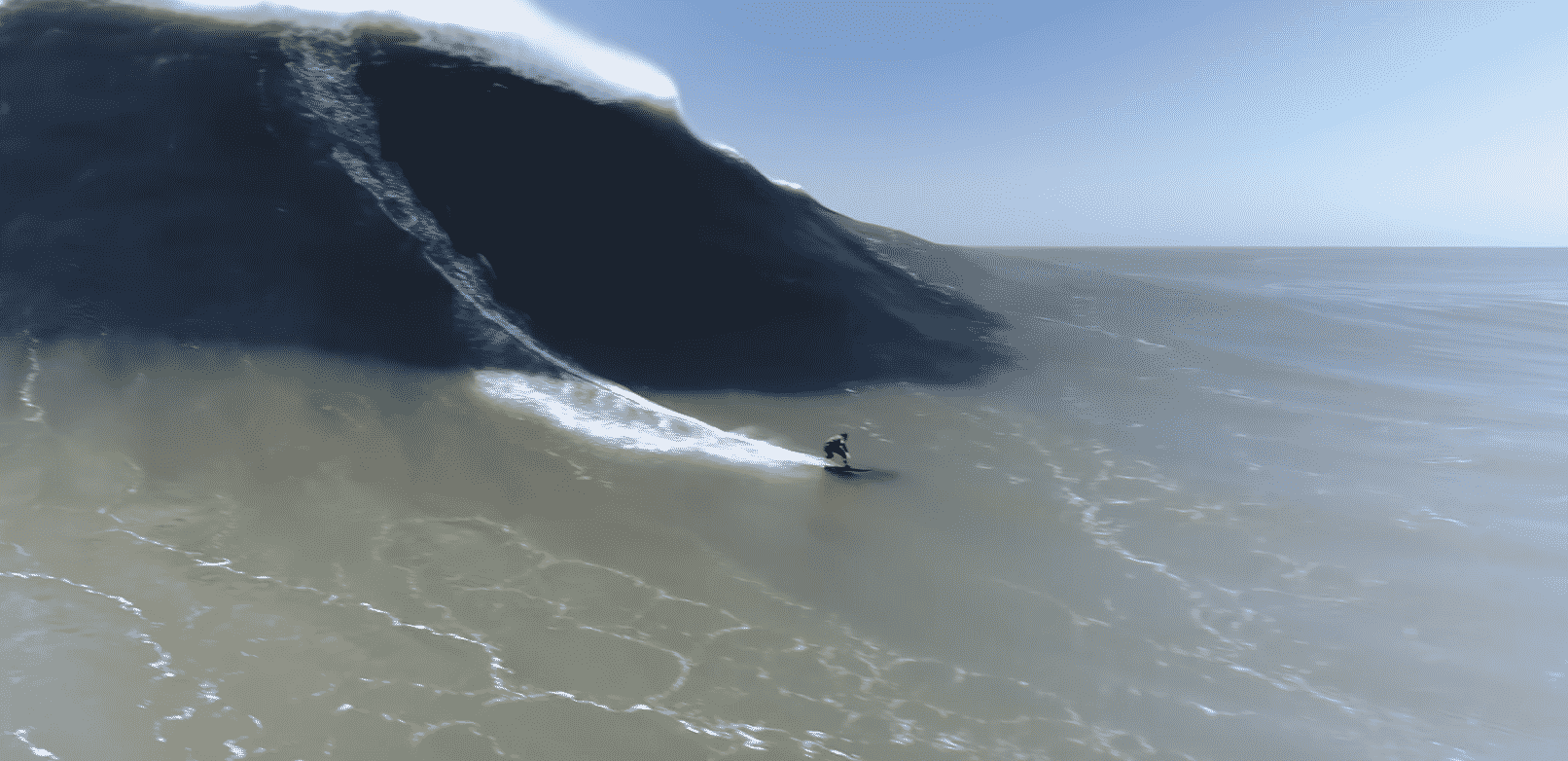
Electrical Shock Drowning (ESD) is making national news following the shocking death of Carmen Johnson. One month ago Carmen Johnson, 15, died while swimming with friends in Smith Lake in Winston County. Her parents, Casey and Jimmy, say her death was caused by electrical shock drowning. She jumped from a boat dock into a fresh water lake to take a swim after a day of picnicking and enjoying the warming spring weather. But sadly, she never made it home.
Carmen was a varsity cheerleader at Priceville High School according to WISTV. Her mom says she had dreams of becoming a cheerleader at the University of Alabama.
wistv.com – Columbia, South Carolina
The Johnsons are using Carmen’s death to raise awareness about electrical shock drowning. Below is a summary of what every parent needs to know about electric shock drowning via WHIO
What is ESD?
ESD happens when a swimmer comes into contact with electrical current. The current – in this case, alternating current (AC) – causes skeletal muscular paralysis, lasting for only an instant, but long enough to incapacitate a swimmer allowing him to drown.
Where does the electricity come from?
The electric current “leaks” from boats and docks into the water. It can come from frayed wires, improperly wired systems or an AC grounding system that is damaged or malfunctioning.
What causes people to be electrocuted?
Electrical current will always attempt to return to its source in order to complete the elecrical circuit. Electrical current is resourceful and will find any way to do that, taking the path of least resistance and most conductivity (anything that will help the current move along its path). The way alternating current (AC) searches for its source is the most deadly for humans because it takes only a small amount of AC to disrupt the electrical impulses that control our muscles and nerves.
Why does ESD happen in fresh water and not salt water?
We go back to conductivity for the answer. Fresh water is not a good electrical conductor. Because it is not a good conductor, the alternating current looks for something better. A human body in fresh water becomes that something better. The high amount of salt in humans make our bodies far better conductors of electrical current than fresh water.
How much electricity is needed for this to happen?
Not much at all. It takes only small amounts of leaking AC to incapacitate or electrocute a person. As small an amount as 15 milliamps can cause paralysis, 100 milliamps – or a third of the amount of electricity need to light a 40-watt light bulb – can kill a person in seconds. In comparison, a double AA battery produces 2400 milliamps per hour.
Doesn’t anyone regulate docks and boats secured to them?
There are marine codes that regulate docks and boats. They are NFPA 303 (Fire Protection Standard for Marinas and Boatyards), NFPA 70, and National Electric Code 555 (NEC). Boatus.com also notes that “boats not wired in accordance with standards set forth by the American Boat & Yacht Council (ABYC) can be a source of AC leakage.”
Can you tell if water is unsafe to swim in?
No, but here are some tips that could keep you safe.
- Never swim within 100 yards of any fresh water marina or boatyard.
- If you have a boat, have it tested to make sure it is not leaking electricity. You can buy a clamp meter and test it yourself.
- Have a qualifed electrician do any electric work needed on a dock or on your boat.
- Do not use a household extension cords for powering your docked boat.
If you feel “tingly” in the water, you could be at risk for shock. In that case you should:(courtesy of boatus.com)
- Have someone turn off the shore power connection at the meter base and/or unplug shore power cords.
- Tell anyone in the water to move away from the dock.
- Stop anyone else from entering the water.
- If you believe someone has been shocked, reach, throw, row, but don’t go into the water to get to anyone who you think has been shocked.
- Call for help. Use 911 or VHF Channel 16.
- Try CPR on the person; don’t stop until trained help arrives.







